
Life Cycles
Everything has a lifecycle: plants, animals, insects and spiders.
In the minibeast world we call this metamorphosis.
There are two common kinds of metamorphosis: complete and incomplete and a third less common one called hypermetamorphosis.
Complete Metamorphosis.
Butterflies have a complete metamorphosis.
It includes, egg, larva, pupa and adult (imago if you want to be really sciency).
The butterfly chooses the right plant for her caterpillar to eat and lays her eggs on it.
The eggs hatch into the baby caterpillar.
The caterpillars eat the leaves and grow, shedding their skins five times before becoming a pupa. Inside their skins they grow until the skin cannot stretch any more, they then form a new skin under the old one. When that is ready they moult to be able to grow into the new skin. After the forth moult, the pupa begins to form under the last of the caterpillar’s skins, and the fifth moult is from caterpillar to pupa.
Inside the pupa, or chrysalis as it is also known, the tissues of the caterpillar’s insides break down and rebuild into the new body of the adult butterfly, or moth, as moths share the same process too. Depending on species, pupation can take as little as two weeks, or eight months in the case of the orange tip butterfly as this is their overwintering stage, even up to two years in the case of small eggar moths.
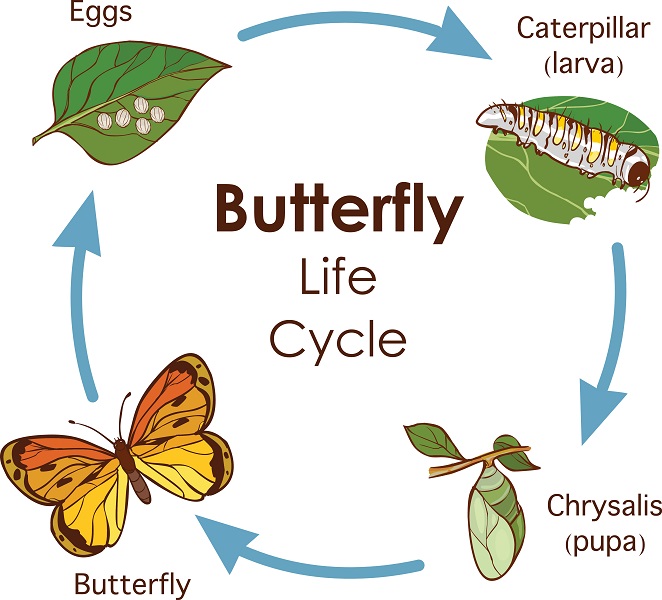
Incomplete Metamorphosis.
Many minibeasts have an incomplete metamorphosis.
An incomplete metamorphosis does not include a pupation stage and the young look like smaller versions of the adult, until at last they become adult themselves as they grow.
This is because of a special hormone in the young bodies, which gets smaller in concentration as they grow called juvenile hormone.
The lower it gets, the more they look like the adult.
Just like caterpillars, insects without a complete metamorphosis grow by shedding their skins.
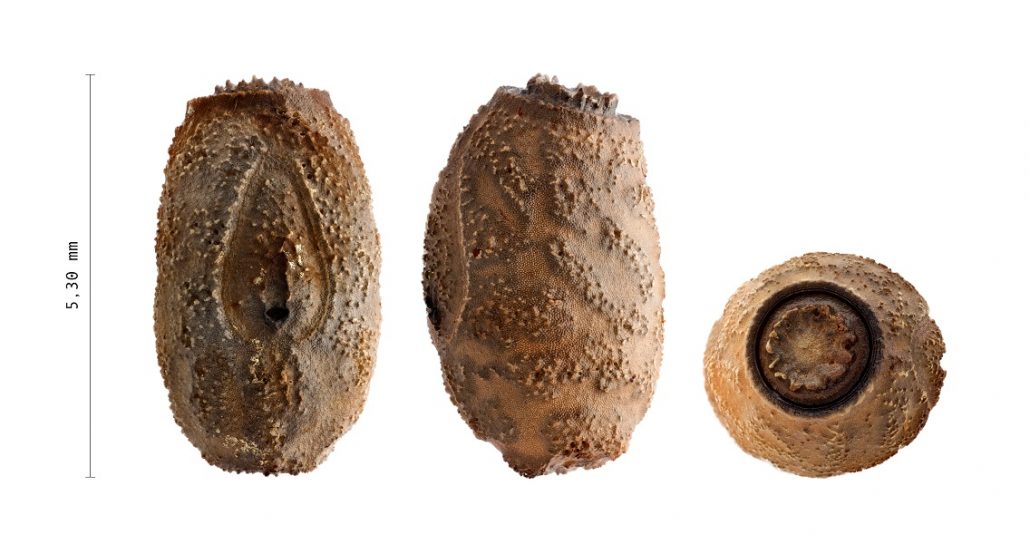
Close up of a Diapherodes gigantea egg.
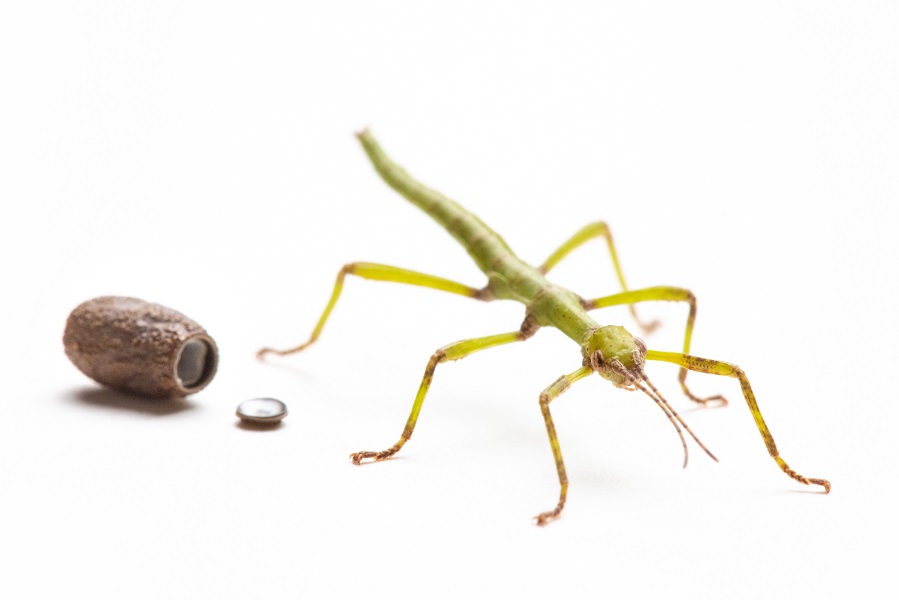
This Diapherodes gigantea (giant bean stick insect) nymph (right) has just emerged from its egg (left).
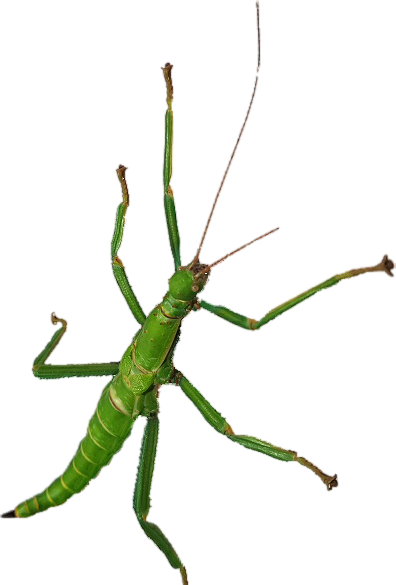
The baby stick insect will moult several times until it becomes an adult stick insect.
There is no pupation stage in the incomplete metamorphosis.
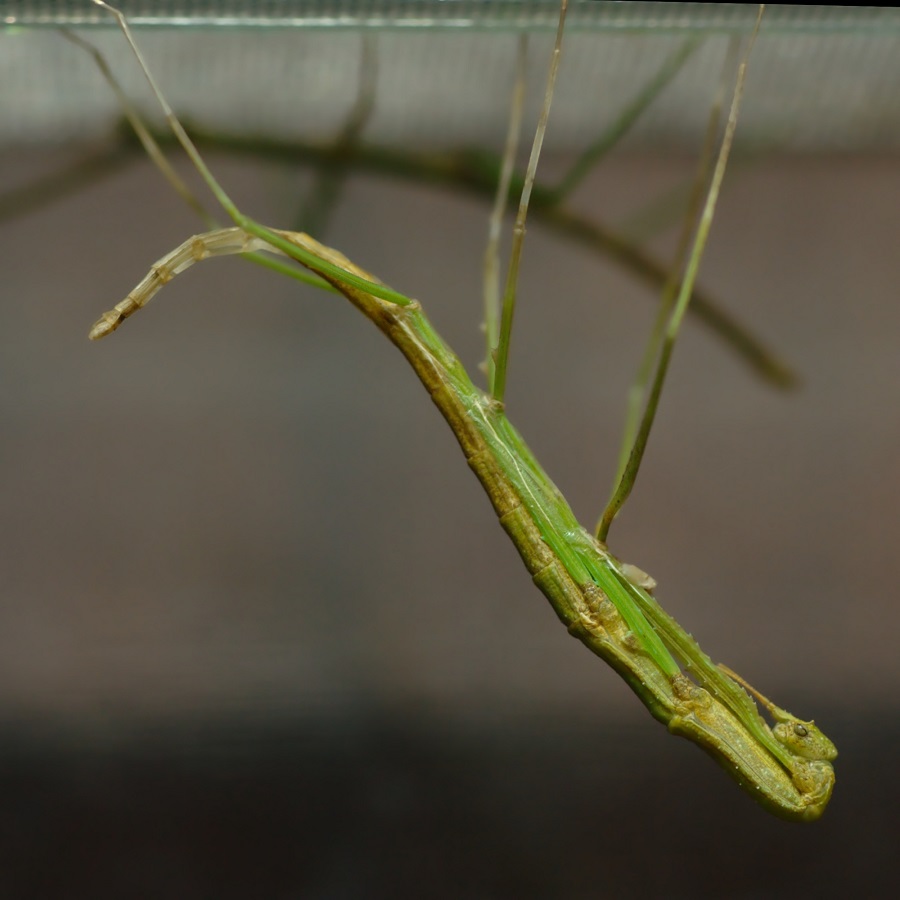
The skin shedding process, known as moulting, or more scientifically ecdysis, is very dangerous, and needs the insect to have a soft body which makes it very vulnerable to attack by predators. You can see the new body emerge as the insect wriggles its way out of the old skin (exo-skeleton).